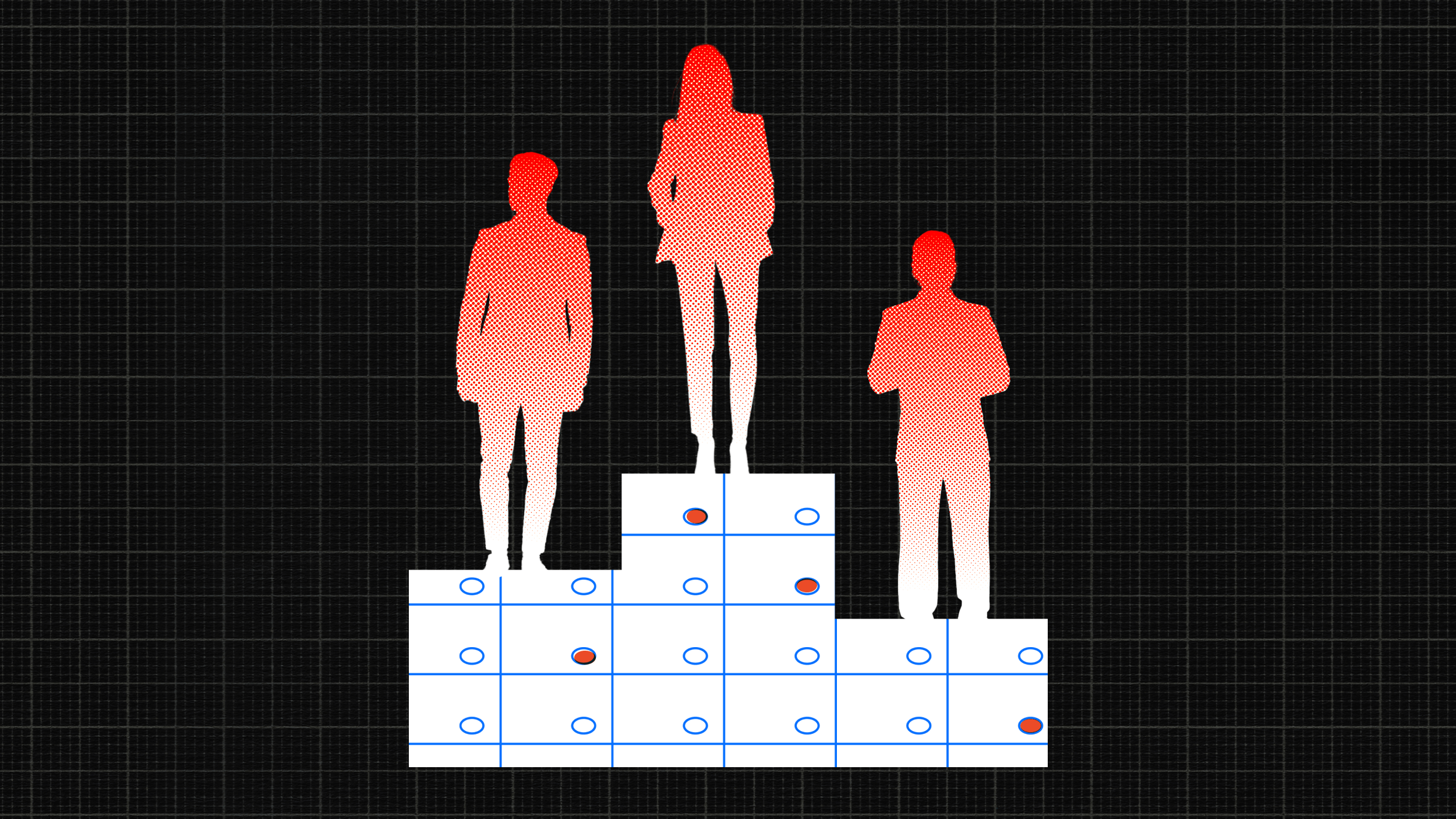What Would Thomas Jefferson Make Of e-Democracy?

The movement to harness technology to democratize American democracy is gaining traction. Is that a good thing?
During the heated presidential campaign of 2008, the CNN/YouTube debate proved so popular that eventual president Barack Obama held Open for Questions, an interactive program in which citizens submitted questions for the president via YouTube. Almost 93,000 people submitted just south of 104,000 questions, resulting in over 3 million votes to decide which questions most warranted a presidential response, which the president submitted March 26in the first-ever online town hall from the White House.
Now, the Fraser Institute, an independent research organization in Canada, is conducting a first-of-its-kind essay competition to decide what they will study. Entitled the Essay Contest for Excellence in the Pursuit of Measurement, the competition has already solicited entries from as far as India and China and will award $10,000 to the winner. “The idea is to get people’s opinions about what they think is important to measure that would have an influence on public policy,” says Raaj Tiagi, a senior economist who came to the Fraser Institute from California. “People can submit essays, but you can also provide a link to something on YouTube.”
YouTube is a vital component in the new democracy movement, which isn’t lost on its parent company, Google. A big part of YouTube’s active role in this interaction was the establishment of YouTube Nonprofit Program. Working with charities and non-profits the same way they would with corporate partners, YouTube recently launched their new “Call to Action” feature, allowing non-profits to use innovative videos as a direct link to fundraising and mobilization efforts. Their first Call to Action partner, Charity:Water, launched their video on World Water Day and managed to raise $10,000 in one day to build wells in the Central African Republic.
Even before Call to Action, groups like Avaaz and 24 Hours for Darfur used YouTube while even Haagan Dazs released a video on YouTube to inform people about honeybee colony collapse. With the White House already looking to the web, everyday people could soon have a greater hand in public policy. “I think the Call to Action feature in the future will be interesting because we’ll see more non profits gathering petitions for a cause to send to congress,” says YouTube’s Nonprofit and Activism manager Ramya Raghavan, who points out some interesting YouTube precedents.
“One example is called In My Name. We got hundreds of people to make videos about what they wanted their leaders to do to end poverty. They were played in the UN for a few months for world leaders. In January, we ran our second Davos Question, a program that had people submit questions to ask world leaders in Davos [at the World Economic Forum]. One of our goals is to provide access and information to citizens who might otherwise not have it.”





